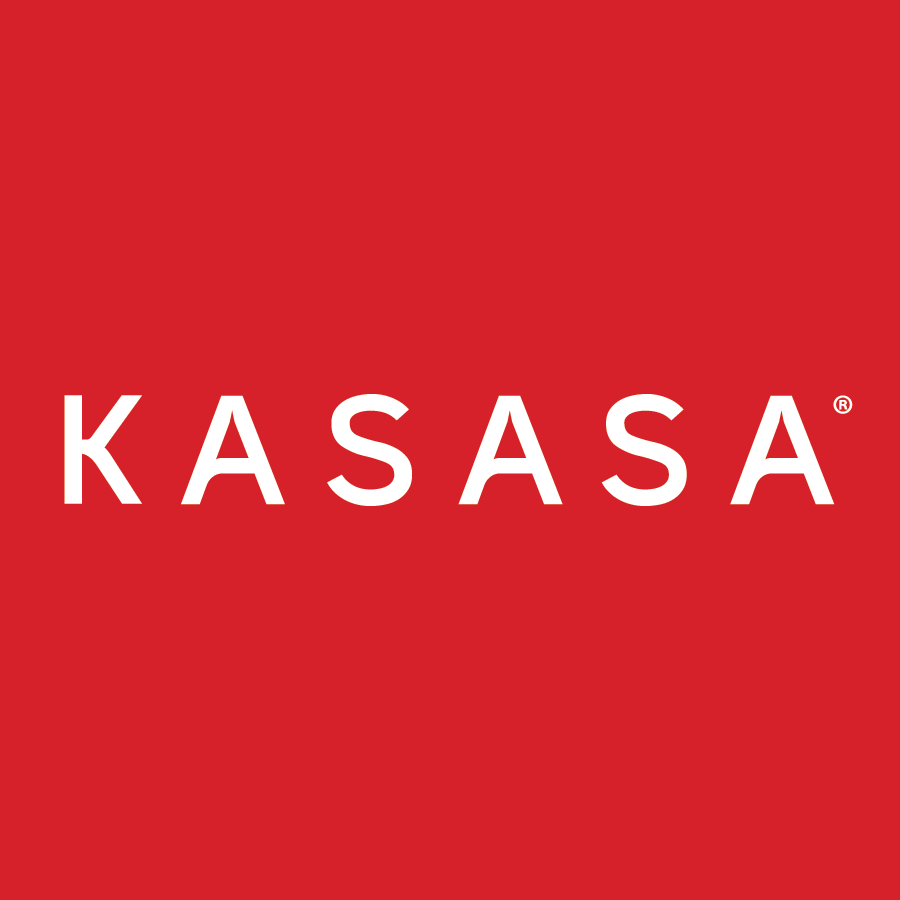Today’s environment has forced financial institutions to confront the new reality of dwindling deposits and the urgent need to strengthen liquidity. As a result, most are aggressively trying to retain and capture deposits and create stable balance sheets.
Many institutions have relied on high-yield CDs, borrowings, and standard money market accounts to grow deposits. While this approach may bring in consumer dollars, it also creates what’s known as Phantom Growth.
What is Phantom Growth?
Phantom Growth is just what it sounds like — growth that’s not actually real. In other words, deposit numbers may be going up, but when you take a closer look, this has tremendous balance sheet implications and hidden costs. And your newfound “growth” is actually not growth at all — it’s oftentimes the opposite.
Here are 9 ways to tell if your institution is experiencing Phantom Growth.
1. Attrition rates are increasing.
Just because your deposits numbers are increasing, doesn’t mean you’re actually growing. In fact, you may be losing account holders. This could stem from a number of things, including a high CD rate that creates “switchers” who have now realized the value of getting in on the high-yield CDs. These consumers will always be looking for the next best rate.
2. You’re unsure if customers and members are moving parts of their deposit relationship to other providers.
With so many institutions out there competing for deposits, CD rates have become the main bait to lure dollars in. If your institution isn’t the highest out there and your relationship isn’t super strong, there’s a high likelihood that some of your account holders’ money could end up at another institution.
3. You have too many single-product households.
You don’t just want account holders, you want relationships — strong ones. That means your customers and members see you as their primary financial institution and use you for all (or at least most) of their banking needs. Single-product households are more like an acquaintance — which makes it easy for them to leave at any time. Account holders with multiple products are far less likely to leave since it’s much more inconvenient.
4. The high yield you advertised brought in deposits, but the cost of funds (COF) ate up every penny of margin.
An attention-grabbing CD rate will certainly bring in deposits, but at what cost? The fact is, the higher rate you’re paying on the CD is only the beginning. When you include the difference in costs from account holders moving from low-cost accounts to higher CDs, your marginal interest rate will skyrocket — and that's going to significantly weigh down your ROA.
5. Your CD special brought in an influx of new accounts, but they all left for a higher rate as soon as the term was up.
These are known as rate shoppers, and they go wherever the wind takes them. They’ll always be looking for the next best rate. And if you don’t offer the latest and best CD rate, they'll simply head down the street to someone else. Short-term deposits do not equal real growth.
6. Funding loans was easy when liquidity was flowing, but now you’re saying no to good borrowers.
The competition for deposits is at an all-time high, and traditional methods of attracting new deposits have become increasingly expensive. Now, you’ve got excellent loan opportunities but don’t have the funds to lend out — and you’re missing out on crucial income.
7. Sign-up bonuses brought in new accounts, but the deposits never followed.
The bonuses did bring in new account holders, but they aren’t true customers or members. They probably never had any intention of having a relationship with you beyond the bonus. They just wanted to take advantage of some free money and will likely leave as soon as they’re able.
8. You don’t know what’s working and what’s not.
Trying to attract deposits the traditional way right now can be a little topsy-turvy to say the least. High-yield CDs may bring in a number of deposits, but then you see cannibalization, attrition, and higher marginal interest rates. Bonuses, repricing, more marketing — how do you determine where to put your focus for the best results?
9. Your board wants to know why your balance sheet is unstable.
CD deposits are coming in, customers are moving out. Low-cost deposits have turned into high-cost deposits. Account holders that didn’t care about CDs are now rate shoppers. Your COF on your CDs is actually much more than your advertised rate. All of this and more can make your balance sheet look more like a roller coaster. That’s not real growth and it’s not sustainable.
Time to get real.
If your institution is experiencing any of these, you’re likely suffering from Phantom Growth. Gathering traditional time deposits may look like real growth on the surface, but look closely, and it disappears.
What community financial institutions need right now is real growth, with stronger noninterest income, greater operational flexibility, broader consumer appeal, and wider interest margins compared to peers who depend on funding sources more sensitive to interest rate risk.
Make Phantom Growth a thing of the past. This report can show you how.



